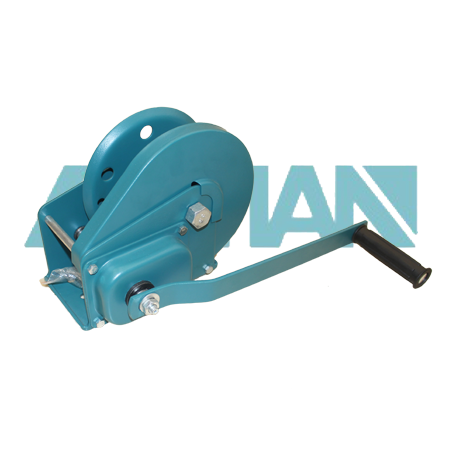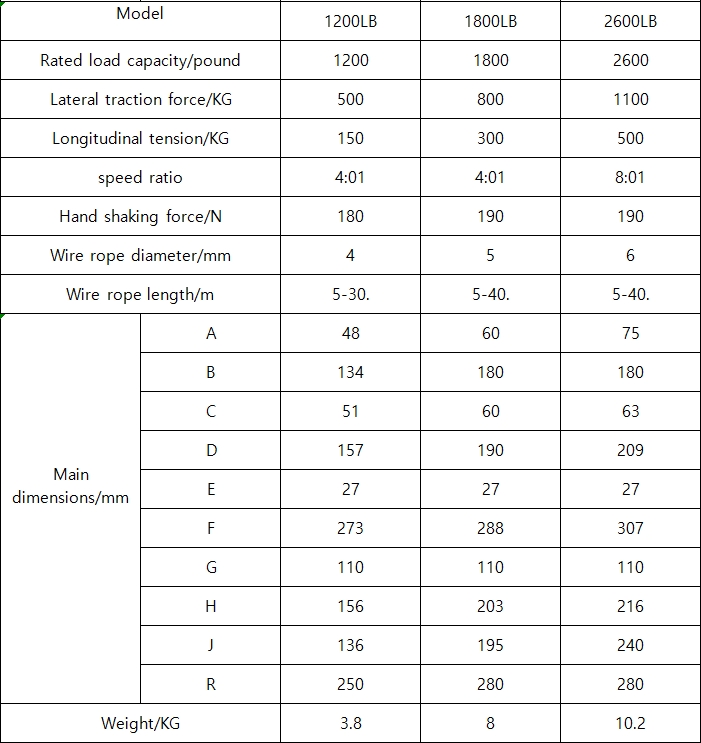 中文版
中文版



Welcome to contact us by phone:0086-0312-7969888
Detecting whether manual ship winches are risky involves a thorough inspection and evaluation process to identify potential hazards or issues that could compromise their safety. Here are steps and considerations to help you assess the risk associated with manual ship winches:
Visual Inspection:
Conduct a visual inspection of the manual ship winches to identify any visible signs of wear, corrosion, or damage. Check for loose or missing components, such as nuts, bolts, or fasteners.
Wire Rope Inspection:
Examine the condition of the wire ropes used on the winches. Look for signs of fraying, kinks, or broken strands. Ensure that the wire rope is properly spooled onto the drum and that it is not overlapped or damaged.
Drum and Gear Mechanism:
Inspect the drum and gear mechanism for wear, rust, or malfunction. Ensure that the gears are properly lubricated and that there are no unusual noises during operation.
Handle or Crank Inspection:
Check the condition of the handle or crank used for manual operation. Make sure it is securely attached and functions smoothly without excessive resistance or play.
Braking System:
Manual ship winches should be equipped with a reliable braking system to control the descent of the load. Check the braking system for proper functioning and ensure that it engages smoothly.
Load Capacity Check:
Verify that the manual ship winch is rated for the intended load capacity. Avoid exceeding the specified load capacity to prevent overloading, which can lead to equipment failure and safety hazards.
Safety Features:
Ensure that the winch has appropriate safety features, such as locking mechanisms to prevent accidental releases or free-spooling. Check that safety labels and instructions are visible and legible.
Operational Test:
Conduct operational tests under a controlled environment to assess the winch's performance. Check for smooth operation during both lifting and lowering of loads.
Documentation Review:
Review the manufacturer's documentation, including user manuals and maintenance guidelines. Follow recommended inspection and maintenance schedules outlined by the manufacturer.
Training and Competency:
Ensure that personnel operating the manual ship winches are trained and competent in their use. Proper training contributes to safe operation and reduces the risk of accidents.
Environmental Conditions:
Consider the environmental conditions in which the manual ship winches will be used. Factors such as saltwater exposure, extreme temperatures, or harsh weather conditions can affect the equipment's durability.
Regulatory Compliance:
Verify that the manual ship winches comply with relevant maritime regulations and industry standards. Compliance ensures that the equipment meets safety requirements.
If any issues or risks are identified during the inspection, it is crucial to address them promptly. Repairs or replacements may be necessary to ensure the continued safe operation of the manual ship winches. Regular maintenance and ongoing monitoring are essential to mitigate risks and maintain the integrity of the equipment.

X